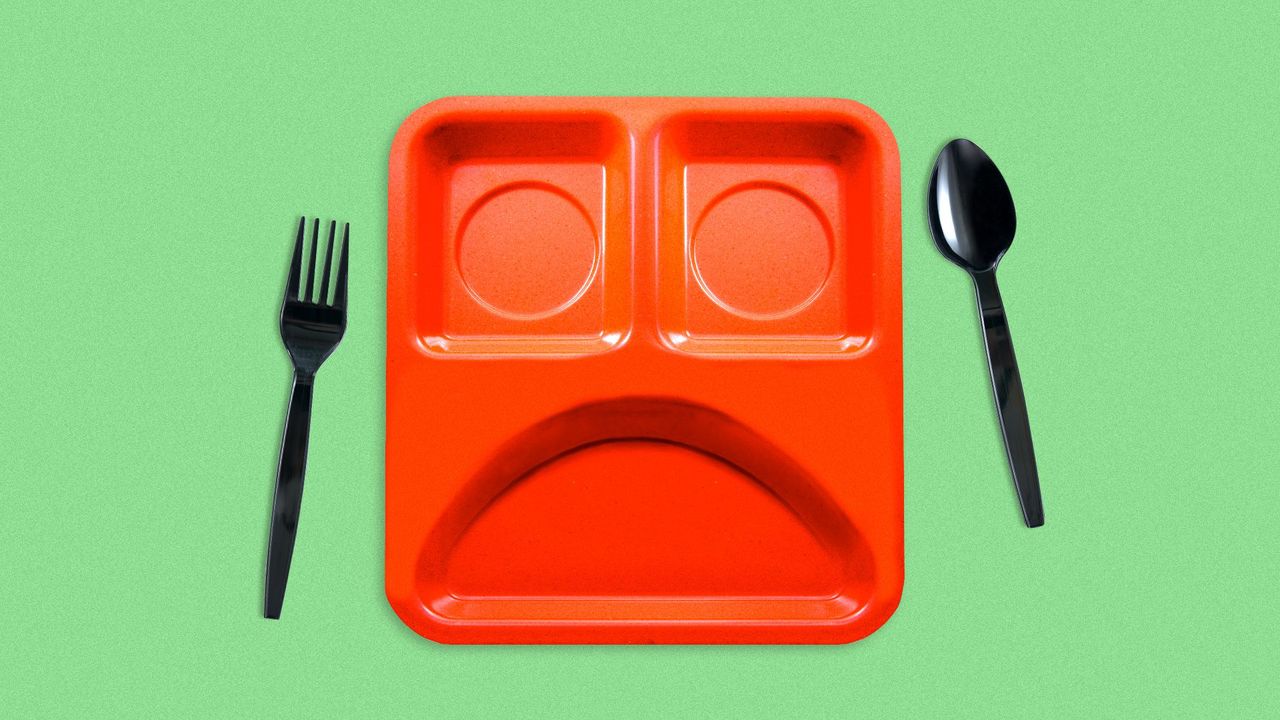Crises converge: The pandemic may have made childhood obesity worse

The 10-month long school closures and the coronavirus pandemic are expected to have a big impact on childhood obesity rates.
Why it matters: About one in five children are obese in the U.S. — an all-time high — with worsening obesity rates across income and racial and ethnic groups, data from the National Health and Nutrition Examination Survey show.
Children tend to gain weight in the summer when schools are out, studies show, and a letter in medical journal Obesity already estimated an increased obesity rate in children of more than 4% if they remained out of school for five months.
What's happening: School meals are a critical source of calories and nutrition for children across the U.S. Without schools meals, gym classes or commuting, the sedentary virtual learning environment has given children an extended summer, The Counter reports.
- "It's certainly very likely that these two crises, the childhood obesity epidemic and the COVID pandemic, are intersecting in many ways," said Jamie Bussel, senior program officer for children's health at the Robert Wood Johnson Foundation.
The big picture: During the pandemic, the U.S. Department of Agriculture provide give some flexibility in allowing children and families to still obtain free meals through the National School Lunch Program and summer program, regardless of income or address.
- But most schools and food insecurity programs were preoccupied with the logistics on how to safely deliver food and pick-up sites to families and fresh foods were sometimes not possible. The USDA allowed more processed and frozen foods in meals for convenience and to free up supply chains.
- Due to staffing shortage of cooks and cafeteria workers, schools have been handing out more frozen and shelf-stable foods, according to a survey from the School Nutrition Association. This change has also made it easier for less deliveries.
The bottom line: Childhood obesity is a strong indicator for obesity into adulthood, which increases the risk for Type 2 diabetes and high blood pressure, and puts them at greater risk for severe consequences from COVID-19.
- "We have way more families facing way deeper challenges now and whether because of income or concerns around safety and health, it can be a lot harder for families these days to access affordable healthy foods right now," Bussel says.